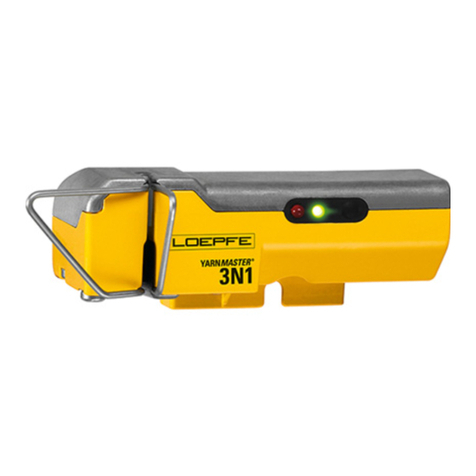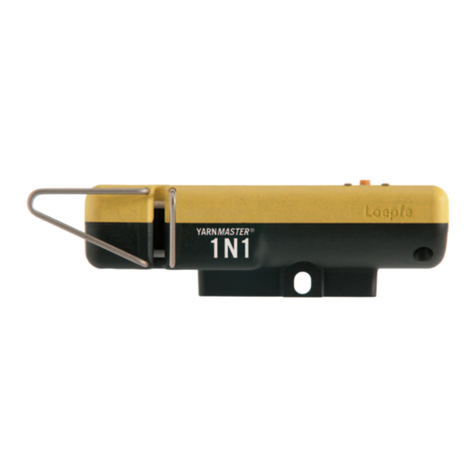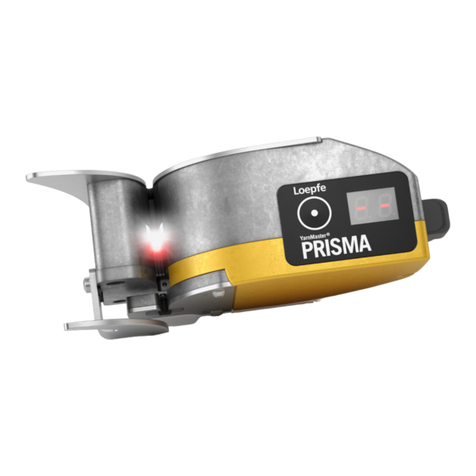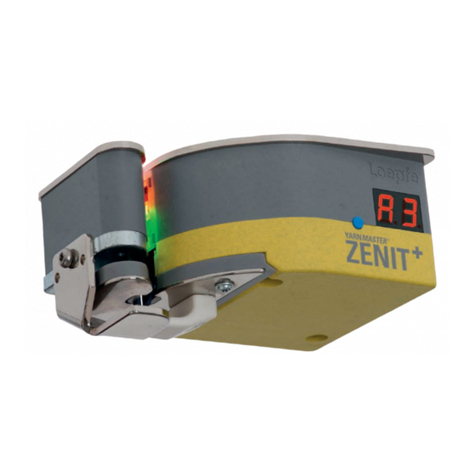ZENIT 9
YARN CLEARING GENERAL
Yarn Clearing (General)
Definition of Yarn Faults
The spinning process supplies a relatively uniform yarn.
However, differences in yarn diameter cannot be completely
avoided. Thus, it is first necessary to distinguish between
normal yarn irregularities and actual yarn faults.
Yarn faults may be defined as yarn irregularities which can
lead to difficulties in subsequent production stages or to
faults in the end product. Yarn clearing is defined as the de-
tection and elimination of yarn faults. This task is performed
during the winding process. Yarn clearer are, therefore, part
of a winder.
To eliminate a fault it is necessary to interrupt the winding
process. The spindle must be stopped, the fault eliminated
and the ends of the yarn joined together again. Obviously this
interruption results in a loss of production. Yarn clearing is,
therefore, always a compromise between quality and produc-
tion, i.e. between the maximum possible number of yarn faults
which could be removed and the least acceptable production
loss. This compromise results in a distinction between:
Objectionable yarn faults, namely those which are
tolerated for sake of machine efficiency, and
Non objectionable yarn faults, faults that cannot be
tolerated.
Yarn Faults
Based on the average yarn diameter (basic diameter), the fol-
lowing yarn faults can be detected and cleared:
Thick and thin places are defined, depending on wheth-
er there is an increase or a decrease in diameter.
Within the thick places further distinctions are made:
– Neps, as extremely short (up to a few mm) and extre-
mely thick faults (several times the base diameter)
– Short faults, as faults of limited length (of about 0.5 to
10 cm) but of considerable thickness (1.1 to 4.0 times the
base diameter)
– Long faults and double ends, as faults of considerable
length (from 5 to 200 cm) but of limited thickness (1.04 to
2.0 times the base diameter).
Faulty splices
Yarn count deviation (positive / negative)
Yarn count deviation (positive / negative)
in the short count range (1–32 m)
Neps
Short Faults
Long Faults
Thin Places
Splices
Yarn Count
Short Count



































